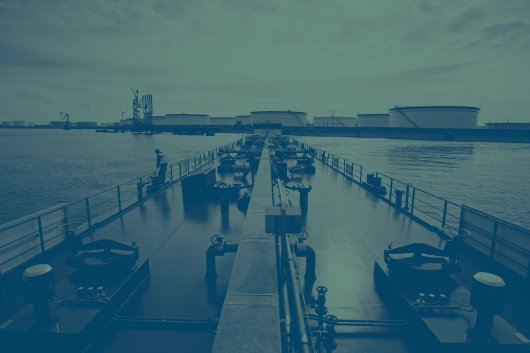Permit obtained for St Petersburg fuel terminal project
Fuel terminal is expected to be handling up to 4-5 million tonnes of oil products per annum by 2020.
Russian bunker supplier, Baltic Fuel Company (BFC), has been granted a permit to develop an artificial plot of land at the Marine Oil Terminal 'Turukhtannye Islands' in St. Petersburg, by the country's Federal Marine and River Transport Agency (Rosmorrechflot), PortNews reports.
The latest development follows BFC's announcement last month, on April 8, that it had signed an agreement with Rosmorrechflot to create an artificial plot of land of 1.43 hectares at the Turukhtanniye Islands facility.
The April agreement was signed for 30 months. During this period, BFC will be required to publish work documentation on the project, carry out land reclamation, backfilling and sheet piling operations, as well as filling the plot of land.
Once construction is completed, Rosmorrechflot is to provide BFC with a permit commissioning the artificially created plot of land.
The declaration of intent to invest in the project was rubber-stamped by Rosmorrechflot on July 30, 2014. Rosmorrechflot's decree, dated September 22, 2014, approved the project's planning documentation. A year later, on September 1, 2015, the project documentation and engineering study results for the project successfully passed the state expert review by the Main State Expert Review Board of Russia (Glavgosexpertiza).
The total cost of the project is estimated at over RUB 3 billion (US$45.35 million).
BFC's fuel terminal currently consists of a 7.3-hecare plot of land and two berths for the transshipment of oil products. In 2013, it handled some 500,000 tonnes, and the figure is currently around 1.5 million tonnes per year. The facility's annual throughput is expected to increase to 2.4 million tonnes by 2017, and to 4-5 million tonnes by 2020.
The terminal is designed to be used for the handling of oil products (M-100 and M-40 fuel oil, and diesel fuel), and for the supply of bunker fuel to tankers and bunkering vessels with capacity of up to 20,000 tonnes and a draft of 7 to 9 metres. Transfers of fuel to bunkering vessels account for 25 percent of the total volume, according to BFC.
The latest development follows BFC's announcement last month, on April 8, that it had signed an agreement with Rosmorrechflot to create an artificial plot of land of 1.43 hectares at the Turukhtanniye Islands facility.
The April agreement was signed for 30 months. During this period, BFC will be required to publish work documentation on the project, carry out land reclamation, backfilling and sheet piling operations, as well as filling the plot of land.
Once construction is completed, Rosmorrechflot is to provide BFC with a permit commissioning the artificially created plot of land.
The declaration of intent to invest in the project was rubber-stamped by Rosmorrechflot on July 30, 2014. Rosmorrechflot's decree, dated September 22, 2014, approved the project's planning documentation. A year later, on September 1, 2015, the project documentation and engineering study results for the project successfully passed the state expert review by the Main State Expert Review Board of Russia (Glavgosexpertiza).
The total cost of the project is estimated at over RUB 3 billion (US$45.35 million).
BFC's fuel terminal currently consists of a 7.3-hecare plot of land and two berths for the transshipment of oil products. In 2013, it handled some 500,000 tonnes, and the figure is currently around 1.5 million tonnes per year. The facility's annual throughput is expected to increase to 2.4 million tonnes by 2017, and to 4-5 million tonnes by 2020.
The terminal is designed to be used for the handling of oil products (M-100 and M-40 fuel oil, and diesel fuel), and for the supply of bunker fuel to tankers and bunkering vessels with capacity of up to 20,000 tonnes and a draft of 7 to 9 metres. Transfers of fuel to bunkering vessels account for 25 percent of the total volume, according to BFC.
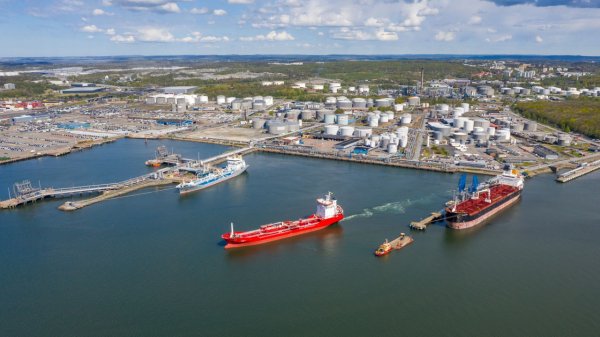
|
Swedish biomethane bunkered in Gothenburg
Test delivery performed by St1 and St1 Biokraft, who aim to become large-scale suppliers. |
|
|
|
||

|
Cockett to be closed down after 45 years
End of an era as shareholders make decision based on 'non-core nature' of Cockett's business. |
|
|
|
||
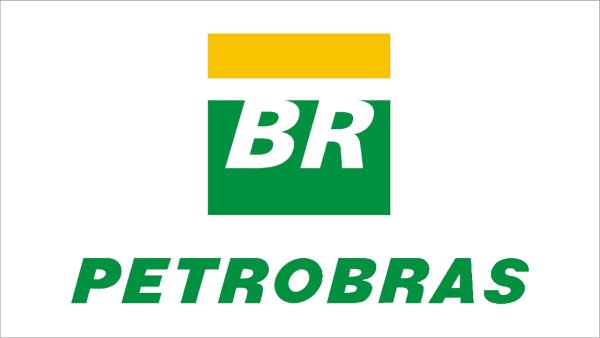
|
Petrobras confirms prompt availability of VLS B24 at Rio Grande
Lead time for barge deliveries currently five days. |
|
|
|
||
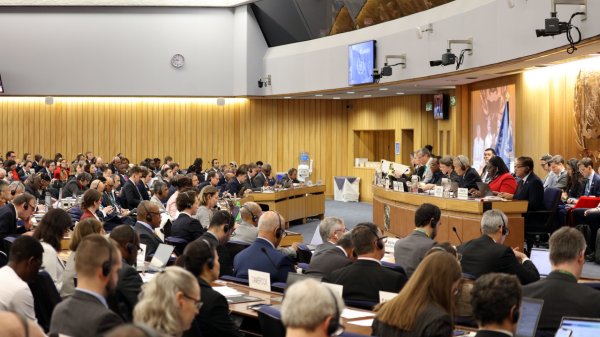
|
IMO approves pricing mechanism based on GHG intensity thresholds
Charges to be levied on ships that do not meet yearly GHG fuel intensity reduction targets. |
|
|
|
||
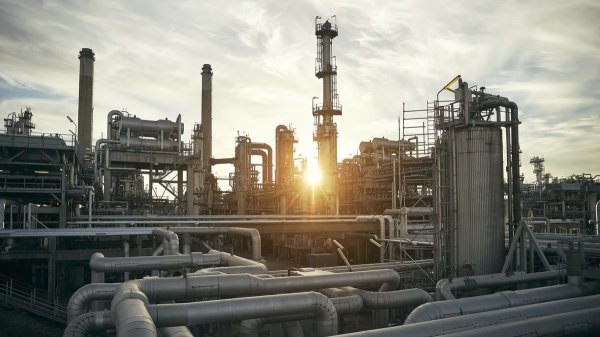
|
VARO Energy expands renewable portfolio with Preem acquisition
All-cash transaction expected to complete in the latter half of 2025. |
|
|
|
||
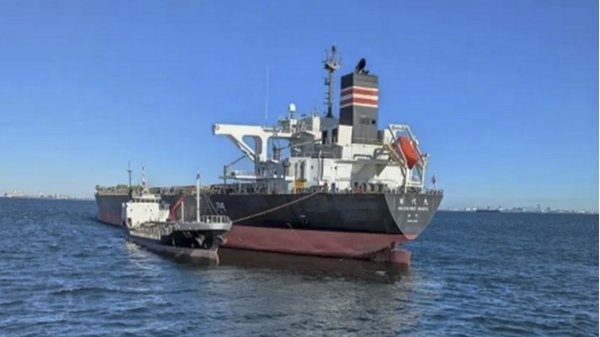
|
NYK trials biofuel in milestone coal carrier test
Vessel is used to test biofuel for domestic utility company. |
|
|
|
||
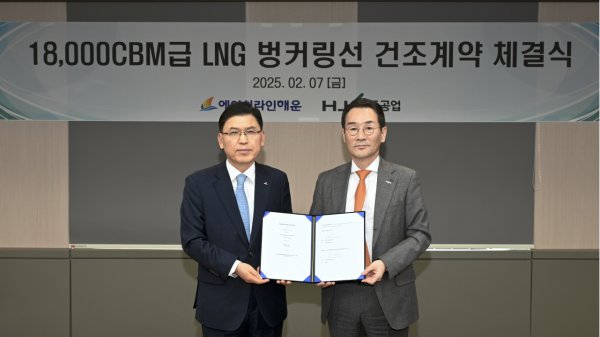
|
H-Line Shipping orders LNG bunkering vessel
Vessel with 18,000-cbm capacity to run on both LNG and MDO. |
|
|
|
||

|
How to engineer and manage green shipping fuels | Stanley George, VPS
Effective management strategies and insights for evolving fuel use. |
|
|
|
||
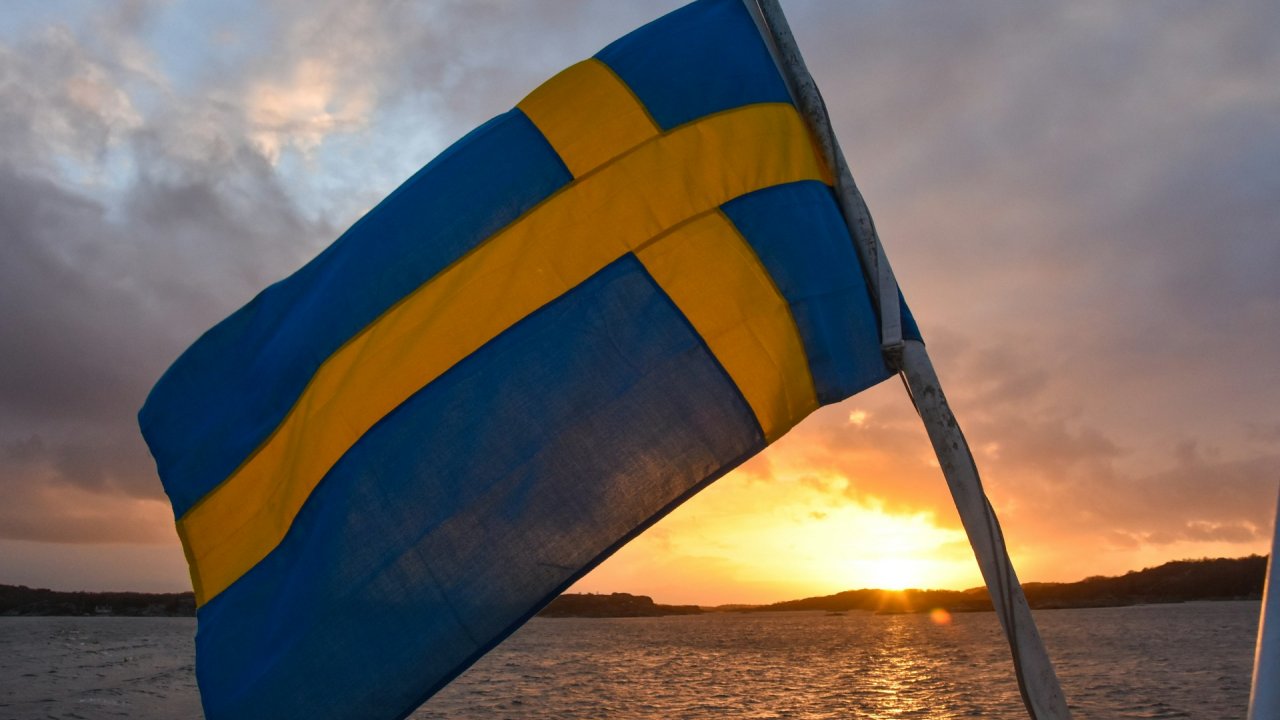
|
Swedish government bans scrubber wastewater discharges
Discharges from open-loop scrubbers to be prohibited in Swedish waters from July 2025. |
|
|
|
||
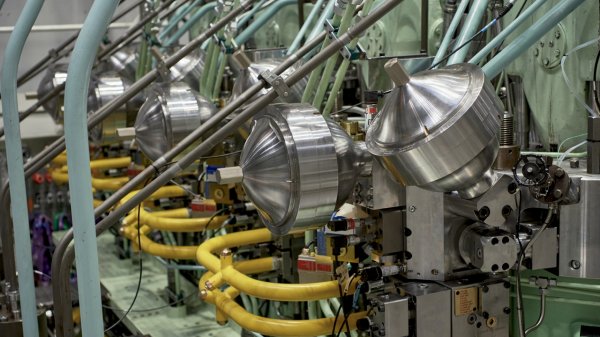
|
MAN Energy Solutions achieves 100% load milestone for ammonia engine
Latest tests validate fuel injection system throughout the entire load curve. |
|
|
|
||
Related Links
- · Bunker firm buys tanker for Azov-Black Sea Basin operations [Insights]
- · Bunker supplier gets land reclamation go-ahead in St. Petersburg [Insights]
- · St. Petersburg: Supplier's second terminal berth in operation [Insights]
- · Russia [Directory]
- · St Petersburg [Directory]

